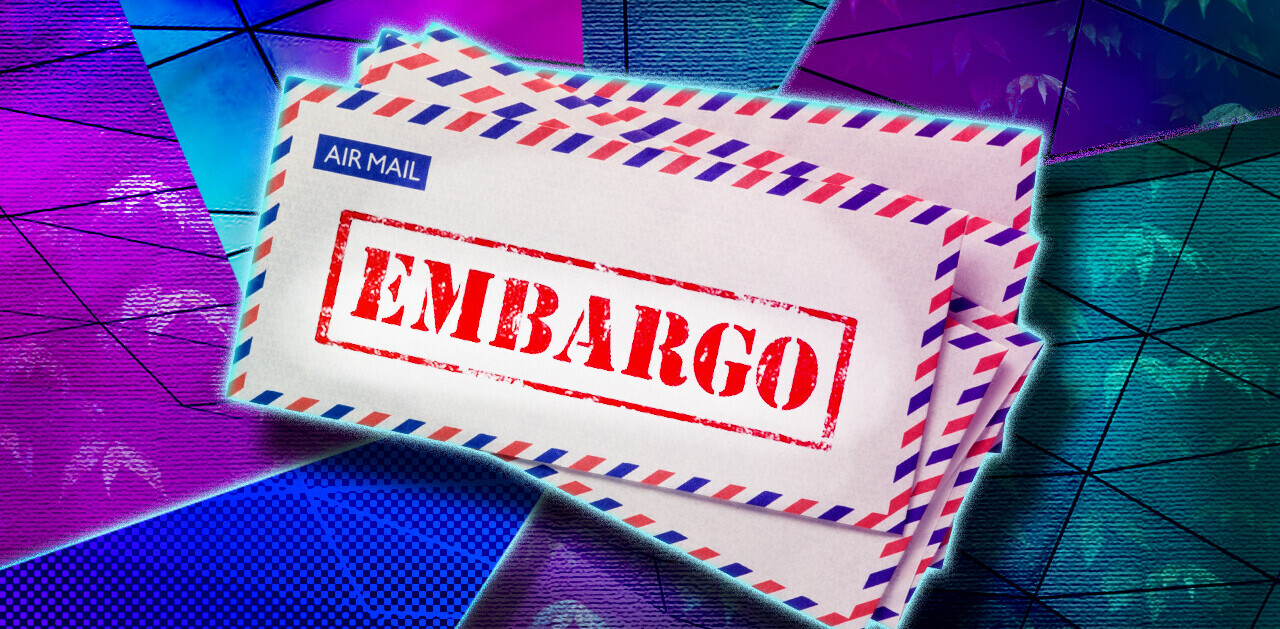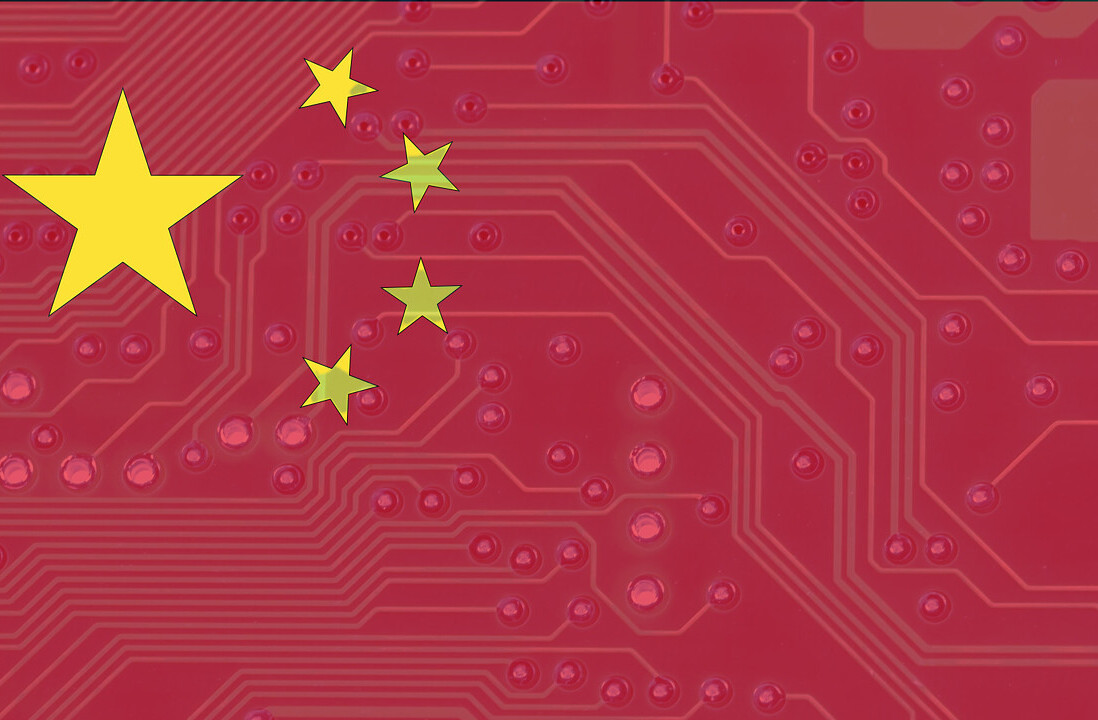
The Chinese market is one of the most appealing for brands looking to expand into new territories. And it’s clear why — the ecommerce market in China is $2.7 trillion, four times the size of the US ($843 billion), and is growing twice as fast. What’s even more exciting is that the share of ecommerce sales to total retail is expected to be at about 52.1% in 2021, growing from 44.8% just a year before.
While this is promising, I’ve found that there’s a widespread delusion among many executives that since there are 1.4 billion people in China, they’ll definitely be able to sell something due to the market’s sheer size.
But that’s not necessarily true, and we know many examples of a brand that failed to do so. Companies ranging from Tesco and Uber to eBay and Google have been on that path and had to exit or rebuild their strategy entirely.
So let’s dive into what’s the right way to approach the opportunities the Chinese market has to offer.
It’s all about ecommerce
Since ecommerce sales are about half of the total retail in China and even more than that in particular categories, I’d advise any brand interested in this market to focus on a digital-first strategy.
If a brand is used to offline distribution, its management and owners will repeat their usual strategy when entering China.
They think the following way: “Hell, we entered the USA, Brazil, and Japan. We know how distribution works, how advertising works, how to build relationships. We will enter major local retail chains just like we entered Walmart, Carrefour, and others. Each store will provide us with an expected monthly sales volume (100-200 kilograms or 200-500 packages on the shelf). That’s it”.
But if you want to export to China, the biggest mistake is repeating your strategy from other regions, even if it works outstandingly. In China, things are different.
Beware retail
In China, retail chains are overloaded with demand from all kinds of suppliers. You will have to pay for the shelf space, for a listing, promotion, and generally be offered pretty terrible terms. This means you will pay a lot, and you’ll get a wildly unpredictable result. Put simply, the market is saturated, and you’re new here.
Even if you’re large enough, you will be working through distributors with no control over your sales. And unless Chinese consumers already know about you, the retail chains have a minimal incentive to let your products on their shelves.
Ecommerce is different. Online marketplaces have infinite shelf space. Anyone with a bit of reason can put a product there. Compared to the time, effort, and cost of offline distribution, ecommerce is quick, effective, and scalable.
So the first question is to assess whether you’re ready to go online as your market entry strategy. If so, your team needs to understand how the ecommerce market works in China. Unlike ordinary retail, it’s pretty much unique regarding customer behaviors, habits, and the local ecosystem.
The local ecosystem helps you
In China, selling online is much more efficient because of the uniquely powerful marketplaces and supplier/vendor ecosystem. We do have bloggers and influencers in the US and Europe, but they’re more than just influencers in China. They are the media, and they control consumer trends.
We may have Instagram Live, but brands market their products through endless live streams performed by popular influencers, bringing their audiences to you. On platforms like Taobao or Douyin, they take the products they’re interested in and help you convert their audience into your customers. You instantly get connected to them, communicate with them, follow up, and market your products even further.
You might think that it’d be hard to top Amazon in terms of network power. But in fact, Amazon is just 5.8% of the US retail sales ($234 billion versus $4.04 trillion). And while it’s generally pretty good for consumers, suppliers have had significant and constant issues selling their products through Amazon, including some that have led to antitrust lawsuits. Unlike Amazon, Chinese ecommerce platforms help businesses grow.
Most importantly, platforms like Taobao and Alibaba provide us with data on sales for each product category and for each merchant — something you’d be surprised to see on Amazon. That allows anyone to adjust their product offering and adjust their listings for improved results.
The cost of customer acquisition through the Taobao live streaming or Douyin is much smaller than the investment required for offline retail. And most importantly, the ROI on the amount of money and efforts invested is significantly higher. Online sales are comparable in volume to offline in China, and for some products, even more significant.
Almost any brand, small or large, can start selling on Chinese online platforms, and for the following two to four years, you won’t even have to think about offline retail at all. And then, when the audience has already had a taste of your products — when you have proven there’s a demand for them — and have a few years of performance data, you could go to retail chains, show it to them, and get placements with more ease.
Essentially, you’ll de-risk your products for the Chinese brick and mortar retail outlets, and who’s not interested in profits with minimal risks?
Get local help
To market your products effectively, you will need to find a TP — a trading partner handling marketplace operations and managing live streaming platforms and blogger relations. Finding the right partner is a big part of your success. There are several agencies whose entire job is to help you find the right contractors. But you can’t just outsource these responsibilities straight away.
You need to have people explicitly focused on Chinese markets, talking to your trading partner, providing messaging points, basic marketing materials, and other details. Nobody knows your product better than you, and nobody will do that job for you.
A good trading partner always asks many questions and demands data to run successful campaigns, helping you flourish within the Chinese market.
Some of the companies that tried to enter China and failed believe there was something wrong with their brand. They pity themselves and explain to all others they just were too different and unique for this market, and there was nothing they could do about it.
The problem is not that your brand is unsuitable for selling in China or that you do not have enough money. The problem is neither in legal questions nor logistics. It’s about your competencies, experience, and psychology.
Success in China depends on whether you have people in your team who have experience working with the unique challenges of the region or at least are willing to learn and adapt because they understand it’s a different beast.
To successfully sell products in China, you need to look at companies that have operated there successfully for many years. Or, even better, at the ones that failed and rebuilt their operations. If Pizza Hut can make its product appealing to Chinese consumers, you can do that as well.
Get the TNW newsletter
Get the most important tech news in your inbox each week.




